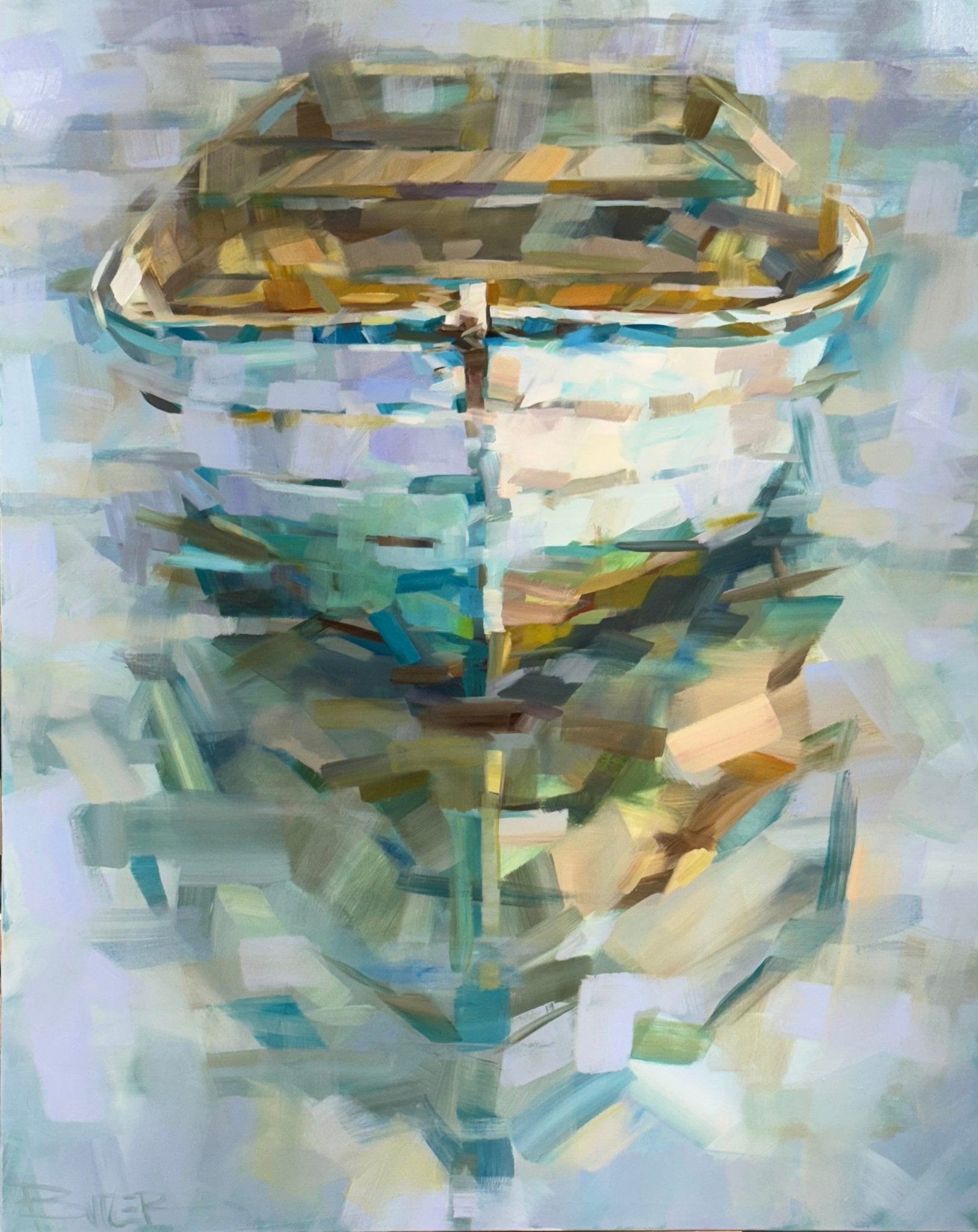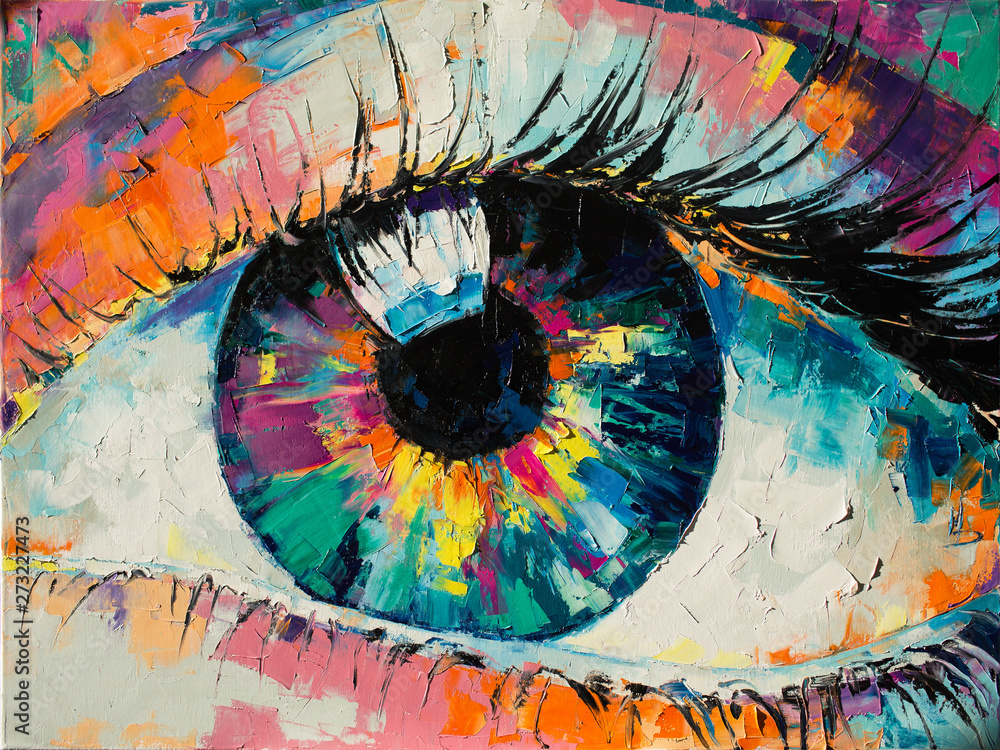Limited Edition Collectible Oil Paintings for Sale
Wiki Article
Exploring Everything About Oil Paints: A Guide to Comprehending Their Charm and Value
Oil paintings have actually captivated target markets for centuries, supplying a glance into the creative proficiency of various periods. Their abundant history is linked with ingenious techniques and profound emotional expression. Recognizing the products and approaches behind these artworks can improve gratitude. Additionally, the marketplace for oil paints provides chances for collectors and capitalists alike. As one explores this fascinating globe, the inquiry develops: what makes an oil paint genuinely valuable?The Background of Oil Painting: A Journey Via Time
Although oil painting has roots that date back to ancient times, it genuinely prospered during the Renaissance, when musicians found its versatility and abundant color potential. Early instances can be mapped to the 7th century, with methods evolving especially throughout cultures. The tool became prominent in Northern Europe in the 15th century, especially via the jobs of musicians like Jan van Eyck, that originated its usage for in-depth realistic look and dynamic colors. This duration noted a departure from tempera paints, enabling higher depth and appearance. As oil painting spread, it influenced many musicians, causing work of arts by renowned numbers such as Leonardo da Vinci and Rembrandt. The medium's tradition continues, shaping the art world well into modern-day times.Understanding Oil Paints: Materials and Techniques
As musicians discover the globe of oil paints, they run into a varied range of products and strategies that define this tool. The main elements of oil paint include pigments, which supply shade, and drying out oils, such as linseed, that bind the pigments and assist in application. Different ingredients can modify the paint's structure and drying out time, enhancing adaptability. Techniques like glazing, where transparent layers are accumulated, and impasto, which involves using thick paint, permit various aesthetic results. In addition, the use of brushes, scheme knives, and also fingers can produce distinct appearances and coatings. Comprehending these strategies and materials allows artists to completely express their creativity and achieve the preferred effect in their artwork.The Duty of Color in Oil Paints
Color plays a crucial role in oil paintings, influencing both aesthetic allure and psychological vibration. Comprehending shade theory basics, including the relationships in between tones, can boost a musician's ability to communicate mood and ambience. Additionally, mastering color mixing strategies permits better deepness and splendor in a painting's scheme.

Color Theory Fundamentals
Comprehending shade concept is essential for artists dealing with oil paints, as it creates the structure for creating aesthetically appealing and harmonious structures. Color theory incorporates the study of exactly how shades interact, the color wheel, and the connections in between key, second, and tertiary shades. Artists use corresponding shades to enhance contrasts and produce centerpieces, while similar colors advertise unity and cohesiveness within an item. In addition, the concepts of warm and trendy shades affect the perception of depth and area in a painting. Realizing these principles enables artists to adjust color effectively, leading the customer's eye and communicating their intended message. Proficiency of shade theory eventually improves a musician's capacity to communicate emotions and ideas with their work.
Psychological Impact of Color
The psychological effect of color in oil paints plays a crucial role in exactly how visitors view and attach with artwork. Colors evoke certain sensations and moods, influencing the customer's emotion. Warm tones like reds and oranges can produce a sense of warmth and energy, while amazing tones such as blues and eco-friendlies commonly stimulate calmness or self-contemplation. Artists purposefully choose shade palettes to enhance narrative components, guiding the audience's psychological trip. The saturation and comparison of shades better intensify these results, attracting attention and producing focus. Eventually, the interplay of colors in oil paints not only boosts their aesthetic allure yet also acts as a powerful tool for psychological expression, improving the audience's experience and interpretation.Color Combining Techniques
While lots of elements of oil paint add to the general structure, understanding color mixing techniques is necessary for attaining desired impacts and depth. Shade blending can be approached with various techniques, consisting of the additive and subtractive processes. Additive mixing entails incorporating colors of light, while subtractive blending counts on pigments, where colors blend to create brand-new tones. Musicians frequently use a limited palette to produce unified works, understanding the relationships in between key, secondary, and tertiary colors. Methods such as glazing and scumbling better improve deepness and luminosity. By skillfully blending colors, an artist can evoke emotions, create centerpieces, and accomplish a sense of realistic look, inevitably raising the paint's emotional and visual influence.Famous Oil Painters and Their Iconic Functions

Famous for their proficiency of shade and method, oil painters have created several of one of the most well known art work in history. Renowned artists like Vincent van Gogh captivated audiences with his stirring brushwork in "Starry Evening," while Claude Monet's "Impression, Sunup" laid the foundation for Impressionism. Leonardo da Vinci's "Mona Lisa" stays an enduring sign of imaginative brilliant, showcasing his ability in capturing human expression. At the same time, Rembrandt's "The Evening Watch" highlights his ingenious use light and shadow. Various other noteworthy numbers include Pablo Picasso, that reinvented contemporary art with his strong experimentation in jobs like "Les Demoiselles d'Avignon," and Georgia O'Keeffe, whose dynamic representations of landscapes and flowers aided specify American innovation. Each musician's unique design contributed considerably to the oil painting landscape.
Just how to Review the Quality of an Oil Painting
Reviewing the quality of an here oil painting entails a mindful evaluation of craftsmanship techniques, in addition to an evaluation of color and composition. Observing brushwork, layering, and the application of paint can disclose the musician's ability level. Furthermore, the interplay of colors and the total plan of elements contribute considerably to the paint's visual value.Analyzing Workmanship Techniques
A thorough evaluation of craftsmanship techniques is necessary for determining the high quality of an oil paint. Evaluators must initially take a look at the application of paint; thick, distinctive brushstrokes may suggest a skilled hand, while overly uniform applications can suggest a lack of depth. oil paintings for sale. The layering technique is also essential; the existence of lusters and differed thickness can enhance luminance and intricacy. Additionally, the top quality of the materials used, such as the canvas and pigments, plays a considerable role in sturdiness and general visual. Focus to detail in elements like edges and changes in between shades reflects the musician's dedication to their craft. Inevitably, these techniques contribute to the paint's emotional effect and market value, functioning as indications of the artist's ability and intentAnalyzing Shade and Make-up
While examining the quality of an oil painting, one should concentrate on the interaction of color and composition, as these elements are fundamental to the artwork's general influence. Shade options can establish and evoke emotions mood; as a result, the musician's scheme should be taken a look at for consistency and contrast. A healthy composition directs the customer's eye and develops a feeling of unity. Artists often use strategies like the rule of thirds or leading lines to enhance visual rate of interest. In addition, using light and shadow can include deepness, improving the three-dimensionality of the paint. Ultimately, a successful oil paint weds shade and composition, involving the viewer and inviting a much deeper appreciation of the artist's vision and technique.Caring for and Preserving Oil Paintings
Appropriate treatment and conservation of oil paintings is necessary for maintaining their stability and durability. To shield these art work, it is vital to present them far from direct sunlight, which can cause fading and staining. Preserving a steady environment with controlled temperature and humidity more aids in protecting against damage. Cleaning up need to be done gently making use of a soft, dry fabric, staying clear of any extreme chemicals that can damage the paint or varnish. Routine evaluations for indications of damage, such as breaking or flaking, are suggested. When delivering or keeping oil paints, correct extra padding and framing are needed to stay clear of physical harm. Ultimately, diligent care adds to the aesthetic charm and worth of oil paints gradually.The Marketplace for Oil Paints: Gathering and Spending
Comprehending the market characteristics for oil paintings is vital for collection agencies and investors alike. The worth of these artworks is affected by numerous elements, including the musician's online reputation, historic value, and current fads. Collection agencies usually look for pieces that reverberate directly while considering potential admiration in worth. Galleries and auctions work as main venues for buying and marketing, with costs fluctuating based upon need and rarity. Purchasing oil paints requires research study into the marketplace, along with an understanding of authenticity and provenance. Furthermore, emerging musicians might use chances for substantial returns, while established names can command high costs. In general, a calculated strategy to accumulating can generate both visual enjoyment and monetary benefits.
Regularly Asked Inquiries
What Are the Environmental Effects of Oil Painting Materials?
The ecological effects of oil paint materials include the launch of volatile organic substances (VOCs), unsafe waste generation, and resource removal for pigments. These variables add to contamination and ecological destruction, increasing worries among environmentally aware artists and consumers.Just How Do Various Canvases Impact Oil Paint Outcomes?
Various canvases influence oil painting results significantly. Surface, texture, and absorbency top quality can modify paint application, drying times, and color vibrancy. Artists usually choose details canvases to accomplish desired effects and enhance their imaginative expression.Can Oil Paintings Be Restored if Damaged?
Oil paintings can certainly be restored if damaged. Professional conservators make use of different strategies to repair rips, clean surface areas, and address staining, making sure that the art work keeps its initial elegance and value for future generations.What Are the Indications of an Initial Oil Painting?
The indicators of an original oil paint include visible brush strokes, structure variations, and an irregular canvas weave (oil paintings for sale). Furthermore, credibility might be validated with provenance, signatures, and the visibility of a varnish layer unique to oil toolsHow Has Modern Technology Influenced Modern Oil Painting Techniques?
Technology has actually considerably influenced contemporary oil paint methods by introducing digital tools for preparation, boosted products for texture and longevity, and on-line platforms for sharing and offering art, consequently broadening artists' innovative possibilities and audience get to. Oil paint has roots that date back to old times, it truly thrived during the Renaissance, when artists discovered its flexibility and rich shade possibility. The psychological effect of color in oil paints plays an essential duty in just how customers connect and regard with artwork. While several elements of oil painting add to the overall structure, mastering shade blending strategies is vital for accomplishing wanted impacts and depth. Assessing the top quality of an oil paint involves a cautious assessment of workmanship techniques, as well as an analysis of shade and structure. While assessing the top quality of an oil paint, one need to focus on the interaction of shade and composition, as these components are fundamental to the art work's total influence.Report this wiki page